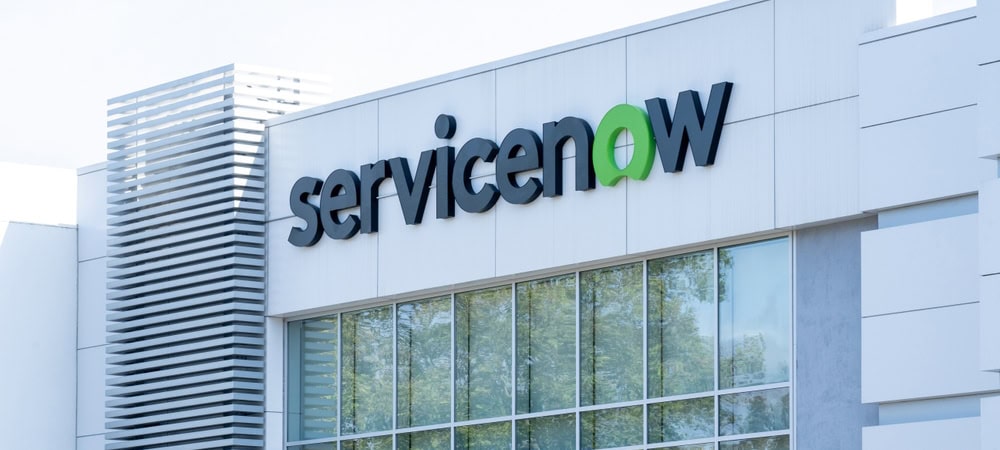What's next for CRM?


SAP S/4 Hana migration and conversion given a single business partner master record
The end of maintenance for Business Suite 7 is approaching. In four years, mainstream maintenance for the core applications of the ERP suite will end, and at the end of 2030, optional extended maintenance will also expire. Because of these deadlines, companies are starting to think about converting to S/4. The reasons for the postponement are obvious: the high expenditure of time and resources.
Due to the fact that only a single business partner master is created in S/4, a company-wide data migration is absolutely necessary. Especially in the case of a system conversion (brownfield), many companies discover that the transfer and transformation of the legacy data is much more complex and time-consuming than previously estimated. The previously estimated time and cost expenditures can therefore be literally "kicked to the curb".
Another problem is the often neglected issue of data quality. Over the years, duplicates have accumulated in addition to incomplete and incorrect data records, making the changeover even more difficult. It quickly becomes clear that it is worth taking a look at the entire process landscape during the changeover. After all, the topic of data quality quickly leads to the topic of data silos, which in turn torpedo the topics of customer data analysis and optimal customer approach.
Therefore, the migration to S/4 is also a good opportunity for companies to take a step forward in the CRM area and to put the CRM solution currently in use to the test and replace it if necessary.
Coherent experiences
Seamless and coherent user experiences are crucial for success in digital business today. If you want to implement this optimally, the basic prerequisite is that a whole range of IT systems interlock - at the forefront of customer-centric processes is the integration of ERP with the CRM system. Golden Record, Customer Data Platform or the 360-degree customer view: The terms are diverse, but they all cover the same thing. It's all about a unified and complete view of the customer. All information should be centralized for sales and accessible with one or just a few clicks. From the customer's and prospective customer's point of view, the credo is again: to find the desired information at the right time and in the right place. In short, everything revolves around data and the smoothest possible access to it. Without a powerful CRM as a central point of contact for all customer-related data, you will quickly be lost.
Now it's just that SAP has also announced the end of maintenance for the on-prem CRM variant that is still widely used today. For companies that still rely on it today, this inevitably means that they will have to rethink their customer-facing business processes in marketing, sales and service. A new system architecture is needed that can map the processes currently used for customer centricity.
Many CRM systems promise a seamless linking of ERP and CRM information, which in turn is supposed to lift the customer journey to a completely new level. With its CX solutions, SAP itself also propagates the linking of all marketing, sales and service data and thus comprehensive insights and a smooth, personalized customer experience that generates revenue and increases customer satisfaction.
CRM alternatives
In addition to SAP's own solutions, there are a whole range of other CRM providers whose software solutions promise smooth and customer-centric processes. Those who want to use the conversion to S/4 to exchange the old CRM for a new one should consider a few aspects when making their selection:
Defining strategy and requirements: CRM stands for a consistent focus on the customer. And they don't care about data silos, communication leaks or barriers within individual departments. For them, the only thing that counts is the experience of interacting with the company itself. This is why CRM is not just a management decision, but affects a whole range of departments and people within a company. These should therefore be brought together at an early stage and the requirements worked out together. However, to ensure that the requirements for a new solution do not turn into a wishful thinking concert, it is important to first take a concrete look at the general marketing and sales process.
Data storage and security: At the latest since the new edition of the General Data Protection Regulation in 2018, the topic of data storage has come into focus. And great caution is required, especially when storing and processing sensitive customer data. A safe option is certainly the strategy "application in the cloud, data on pre-mises". In concrete terms, this means that users can conveniently operate the CRM software in a web application. Sensitive customer data, on the other hand, is stored on-premises in a protected area. This takes care of all data protection issues per se.
Data quality: However, data management and data quality are not the end of the story. Another key point that influences the acceptance of the CRM system is the quality of the data it contains. When selecting new CRM software, care should be taken to ensure that the data contained in S/4 Hana is also available in the CRM software. And preferably in real time. This is the only way to exploit the full potential in terms of marketing and sales. Secondly, when introducing a new CRM system, care should be taken to ensure that only correct and up-to-date data records are transferred to the new CRM system. Performance and security: Who hasn't experienced it: You want to look something up quickly and the cog turns and turns and turns. Software users - and this does not only apply to those of the CRM system - quickly lose interest if queries take a long time or the processes set up are cumbersome to use and eat up a lot of time.
S/4 and MS-365
Comprehensive support and maintenance of the selected solution: If a CRM project is to be a success even after successful introduction, it is important to pay attention to the topic of support and, above all, further development of the selected software when selecting the right provider.
Integration in S/4 and Microsoft 365: Not only when the topic of CRM is addressed in the course of S/4 conversion, but in general, the topic of integration should be a key decision criterion for companies that use SAP as ERP. The new CRM solution should be integrated as deeply as possible - ideally interface-free - into S/4 Hana. If the interface-free integration is not guaranteed, this will only create another separate data pot, which will not exactly facilitate the introduction of the new solution or daily business.
And since nowadays a large part of the companies use Microsoft-365, besides ERP integration, the connection of CRM to Microsoft Services is also an important point. With attention to these points, a hyper-connected enterprise is created, connecting people, data and processes. The listed aspects to be considered during the selection and implementation of a new CRM software make one thing clear: An outstanding customer experience and a continuous customer journey are only possible if all process participants can view all relevant data without difficulty. This applies to data stored in S/4 as well as to data generated via marketing automation software or a web store. A prerequisite for the 360-degree customer view - or as SAP now calls it: the golden record - is the complete connection of the CRM system to the surrounding systems. As free of interfaces as possible.





